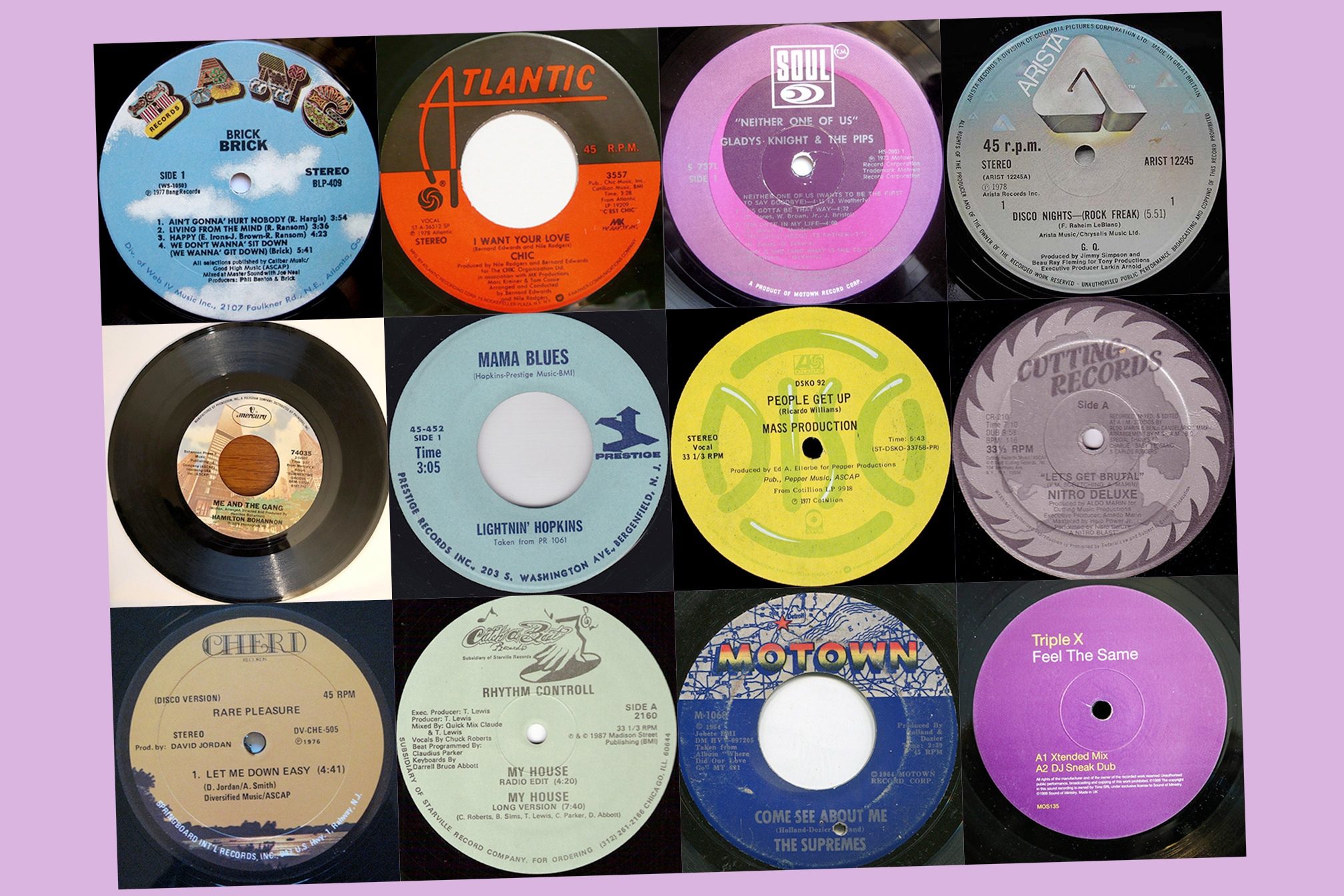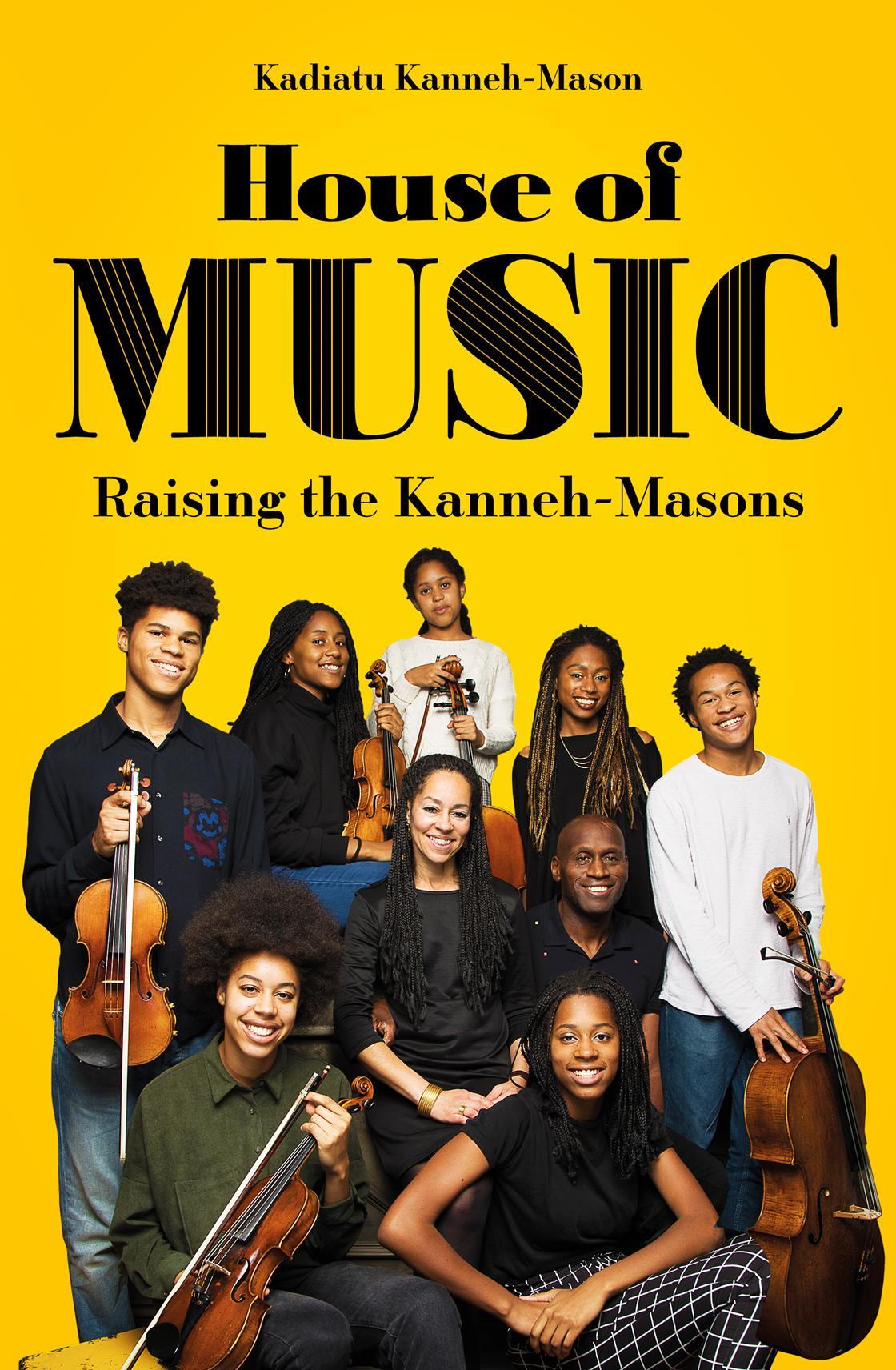Table Of Content

The foundational tune, “Acid Tracks” by DJ Pierre, Herb J and the late Earl “Spanky” Smith, came like a bolt from out of the blue, and still sounds untouchably advanced to this day. It turned the Roland TB-303 bassline generator — an almost obsolete synth that was originally intended as a simple automated accompanist for solo musicians — into the most iconic instrument in all of dance music. A tape of the “Acid Tracks” was hammered by Ron Hardy in the Music Box in 1986 and became one of his signature tunes. Released in 1987 on Trax, it immediately set off a whole new style in Chicago. Frankie Knuckles even held a summer residency at mixed/gay club Heaven in 1987. Not only did Chicago tunes start hitting the charts in 1986, but British experiments like M/A/R/R/S with “Pump up the Volume” did too in 1987.

4 Beat
That fact alone makes them incredibly valuable to the social development of the US, and it’s a shame that so few people know anything about them. While Jefferson originally wanted nothing to do with any kind of dance music, house music called out to him. His track The House Music Anthem (Move Your Body) would become the quintessential house music anthem for years. Surprisingly, it was also the first house music track to include a piano. Early house music was meant to create a positive and uplifting atmosphere, especially when it came to groups that were normally outsiders. African Americans, Latinos, and people within the gay subculture would all be met by an uplifting message in house music.
Rick Rubin: Harnessing the Essence of Sound
The song was created after Helden created a looping track composed of several music samples and left Harden alone to write and record the lyrics. Contributing to the mainstreaming of house music, the track was included in Robin S.’s debut album of the same name in 1993. It was then re-released in many European countries, as well as the United States and Japan, in 1992, after being remixed by Swedish house music production duo StoneBridge and Nick Nice. House music and house music clubs providing a safe space for those individuals were revolutionary and were two of the main reasons for the genre’s success.
‘Love Can’t Turn Around’ – Farley ‘Jackmaster’ Funk
Unfortunately Paul Johnson has passed recently due to COVID, but the impact of his music still goes on. Although house’s origins came from disco, it didn’t necessarily sound exactly like disco. Unlike Chicago style house, disco house almost always sampled the big orchestral sounds you hear in disco along with being fairly fast paced.
House Music Icon Jesse Saunders Needs Help As He Recovers From Stroke - Block Club Chicago
House Music Icon Jesse Saunders Needs Help As He Recovers From Stroke.
Posted: Wed, 07 Feb 2024 08:00:00 GMT [source]
Master your house track
The rise of AI and machine learning in music production might also impact the genre, potentially leading to more experimental and personalized house tracks. In terms of instrumentation, house music typically features a prominent bass drum on every beat, an off-beat hi-hat, and a snare or clap on the second and fourth beats of each bar. One such pioneer was Frankie Knuckles, often referred to as the ‘Godfather of House,’ who blended disco classics with newer, more experimental beats at a nightclub called The Warehouse, which many believe gave ‘house’ music its name.
Many new students struggle at the beginning, but these methods are guaranteed to make it easier for anyone. But before getting into how to produce within the genre, let’s take a look at the origins of house music and how it came to be the diverse dance genre we know and love today. With the help of this guide, you should now have a much better understanding of what house music is, where it came from, and some of the sub-genres that exist within it. You should also be able to identify some of the key characteristics that make up this genre of dance music. With a career spanning over a decade, Zedd has become one of the most influential figures in electronic dance music.
If you sample a song with a breakbeat and speed it up, you get drum and bass. Remove the strings and push the tempo more, you get gabber and hardstyle. Despite the impact early ’90s house music had on American pop music, some try to dispute house music’s origins, claiming that Europeans pioneered the sound. This is partially due to the fact other genres, including grunge, dominated American radio waves while house music began to evolve in Europe. History always repeats itself, and 30 years ago, the U.S. was also experiencing a house music revival.
When it went down overnight in a major backlash called Disco Demolition Night, dance music stopped being created by record labels and was produced mainly by underground DJs. Disco house connects the uplifting grooves of 1970s disco with the jackin’ beats of house music. Sampling is front and centre here, with cut up loops from disco tracks laid over chunky beats and basslines. Some of the biggest house artists in the world championed the disco house sound including Joey Negro, Dimitri from Paris, Daft Punk, and Armand Van Helden. NYC native, Armand Van Helden produced this amazing mix of garage beats and vocals.

But then as the 2010s approached, some very interesting things began to happen. Young crowds who’d grown up on experimental music, UK funky, dubstep and grime began to discover the roots of house for themselves. And with the massive popularity of new generation bassline house embodied by the Lengoland collective and new artists like Wheeto still growing, things are only going to get rowdier.
This influential style of music continues to evolve and develop through globalization, emerging technology, cross-genre influences, cultural changes, and more. I encourage you to explore more of the rich and controversial history of house music. The disco movement became a global “fad” in the late 70s, partly due to hit films such as “Saturday Night Fever” in 1977. Major record labels flooded the market to cash in on disco’s rise to the mainstream.
This constant innovation testifies to the genre’s adaptability and enduring appeal. Predicting the future of any music genre is always a challenge, as it’s often influenced by evolving cultural trends, technological advancements, and the creative explorations of artists. However, considering the current trajectory and adaptability of house music, we can make some educated speculations. If you didn’t guess, tropical house music incorporates elements you would normally find in tropical music. It’s one of the slower forms of house music that often gets played at beach parties and is more relaxing than the typical dancing style of house music.

No comments:
Post a Comment